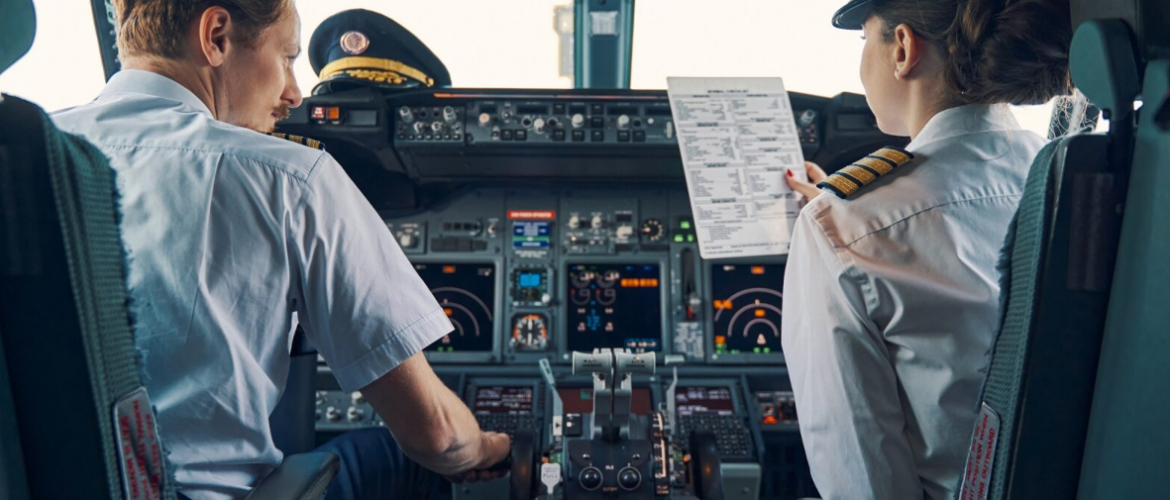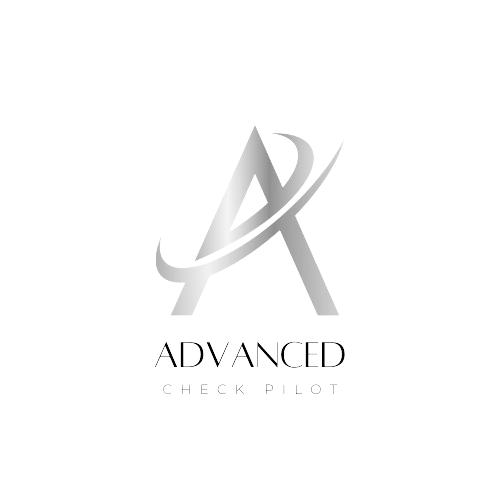Blog
Becoming a Multi-IFR Commercial Pilot: A Student Pilot’s Journey
- July 27, 2024
- Posted by: rsadmin_user
- Category: Education

Navigating the journey to obtaining a multi-IFR (Group 1) commercial pilot license (CPL) can be challenging. While there is no set path to follow after obtaining your private pilot license (PPL), some routes may be more cost-effective, and not all student pilots may be ready to transition to multi-engine flying immediately after their CPL time-building. Below is a recommended progression for commercial student pilots.
Flying Progression:
- Obtain your PPL
- Complete CPL time-building
- Obtain your night rating
- Pass your CPL flight test
- Begin IFR training in a single-engine aircraft
- Obtain your multi-engine rating
- Complete your IFR rating in a multi-engine aircraft
TC Exam Progression:
- Pass the PPL exam
- Pass the CPL exam
- Pass the INRAT exam
Detailed Steps:
- Private Pilot License (PPL) and PPL Written Exam (PPAER):
- PPL Flight Training: Begin by obtaining your PPL, which typically takes 50-60 hours of flight time, though the minimum requirement is 45 hours. This initial training builds the foundation for your commercial license.
- PPL Written Exam: You must pass the Transport Canada PPL exam (PPAER) to receive your PPL. This exam can be taken any time before your PPL flight test, but you will need a letter of recommendation.
- CPL Time Building:
- After obtaining your PPL, focus on building flight hours, approximately 75 hours, which contribute toward the 200-hour requirement for your CPL. Engage in diverse flying experiences, including controlled airspace operations.
- Night Rating:
- Obtain your night rating, which enhances your instrument and navigation skills. This rating requires additional flight hours but no written exam.
- Commercial Pilot License (CPL) and Written Exam:
- CPL Flight Training: Complete your CPL flight training before pursuing multi-engine and instrument ratings. This ensures a solid understanding of aircraft performance and handling.
- CPL Written Exam: You need 100 flight hours before taking the Transport Canada CPL exam (CPAER). This exam builds on your PPL knowledge and prepares you for advanced training.
- Instrument Rating:
- Begin IFR training in a single-engine aircraft to save costs. Up to 20 hours of instrument training can be done in a simulator. Progress to 75-80% completion before obtaining your multi-engine rating.
- Multi-Engine Rating:
- With around 180 flight hours and extensive instrument training, start your multi-engine training. This typically requires 10-20 hours of flight time and includes a Transport Canada ground and flight test.
- Multi-IFR Rating:
- Complete your IFR training in a multi-engine aircraft and prepare for the multi-IFR flight test. Ensure you pass the instrument written exam (INRAT) beforehand. The INRAT is challenging, so begin studying early.
Conclusion: This progression outlines an ideal path for achieving a multi-IFR CPL. While obstacles such as scheduling conflicts or maintenance issues may arise, perseverance and adaptability are key. If you have any questions or need further guidance, please leave a comment below.
